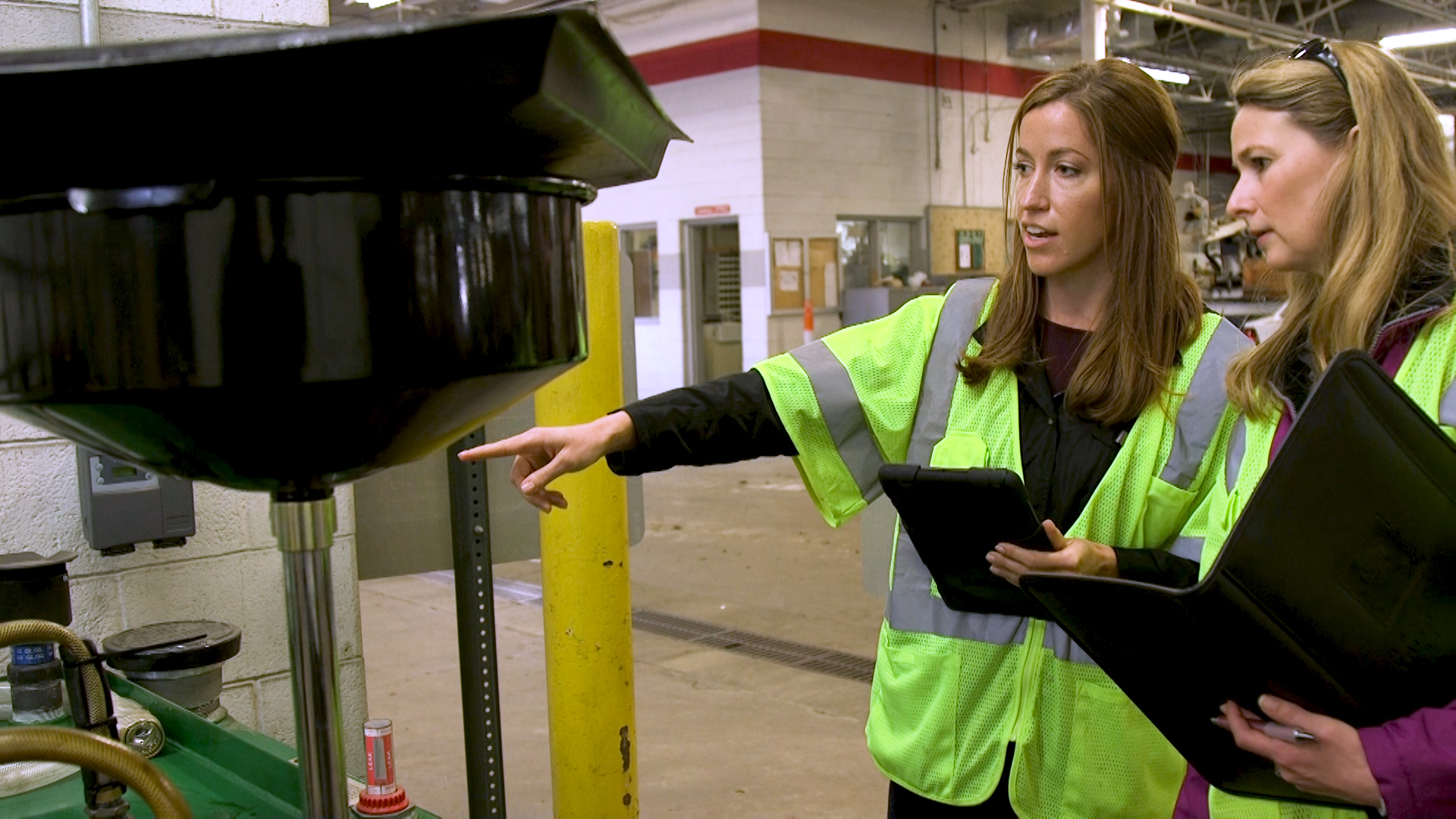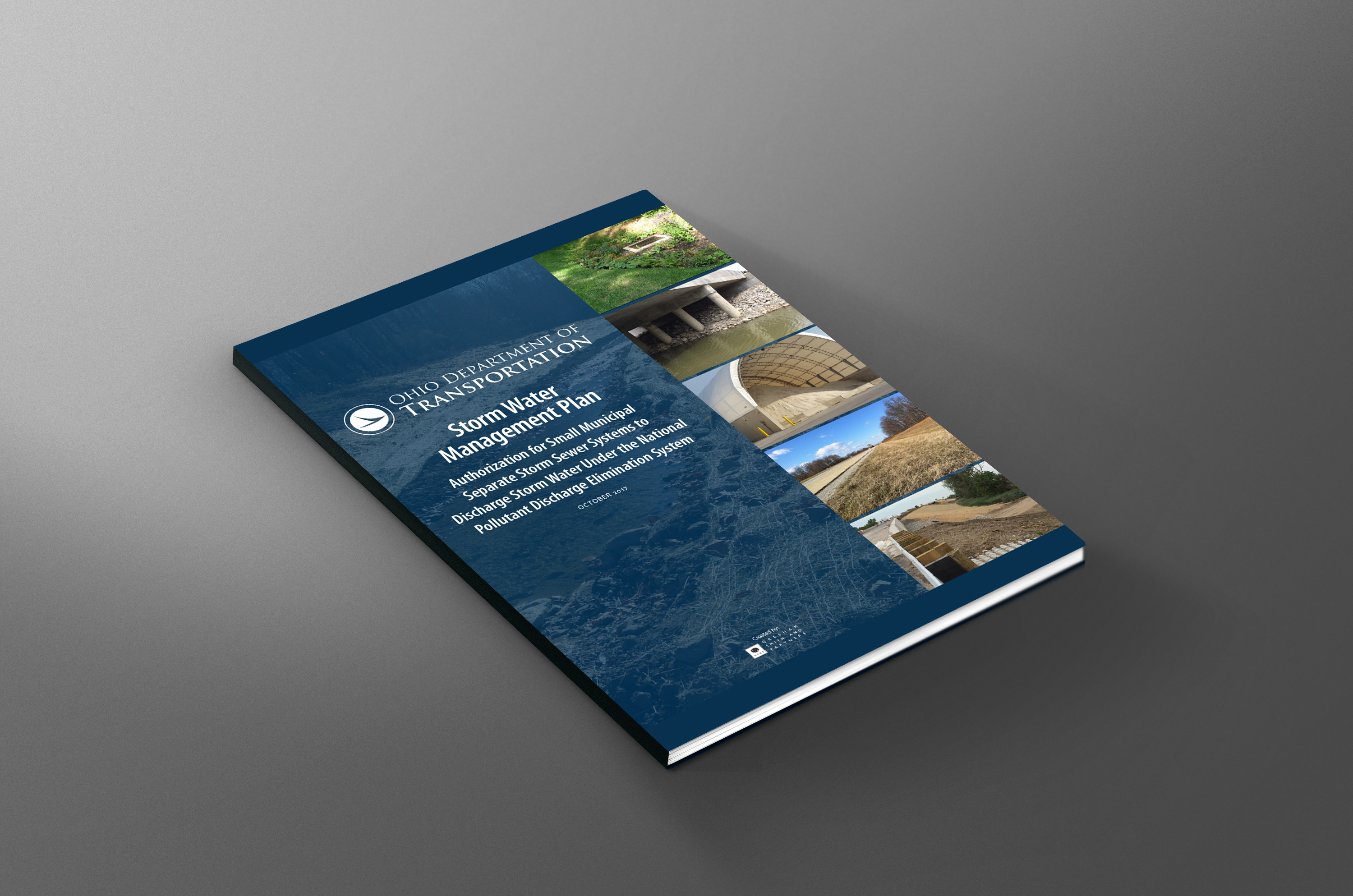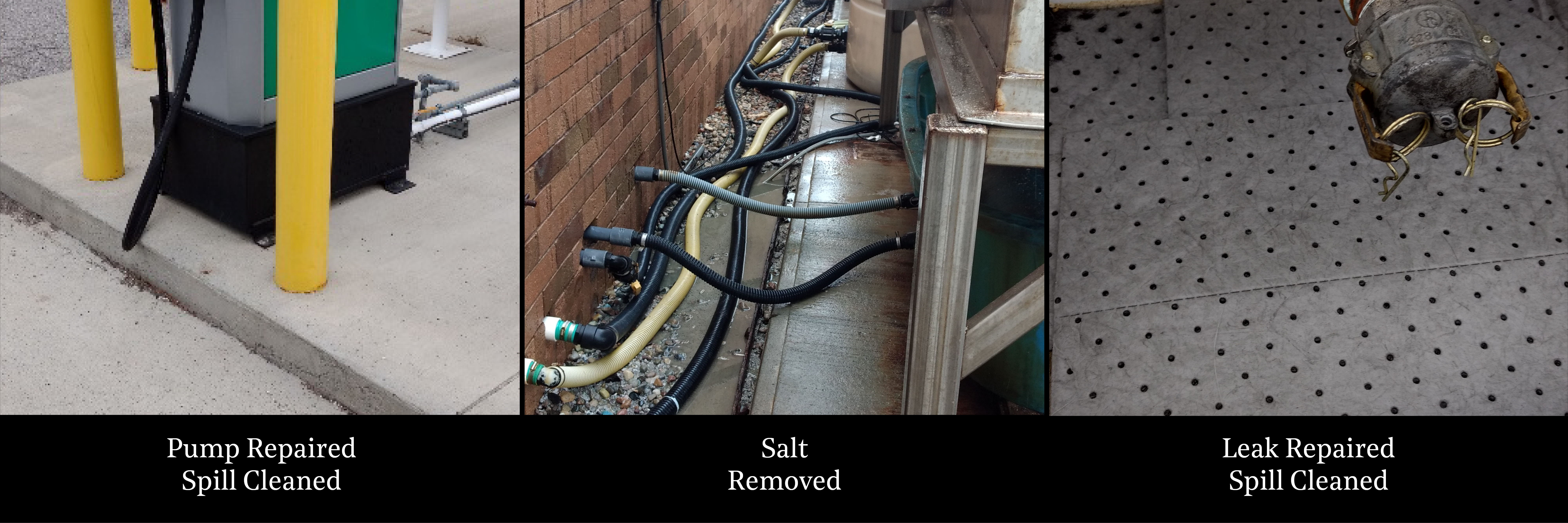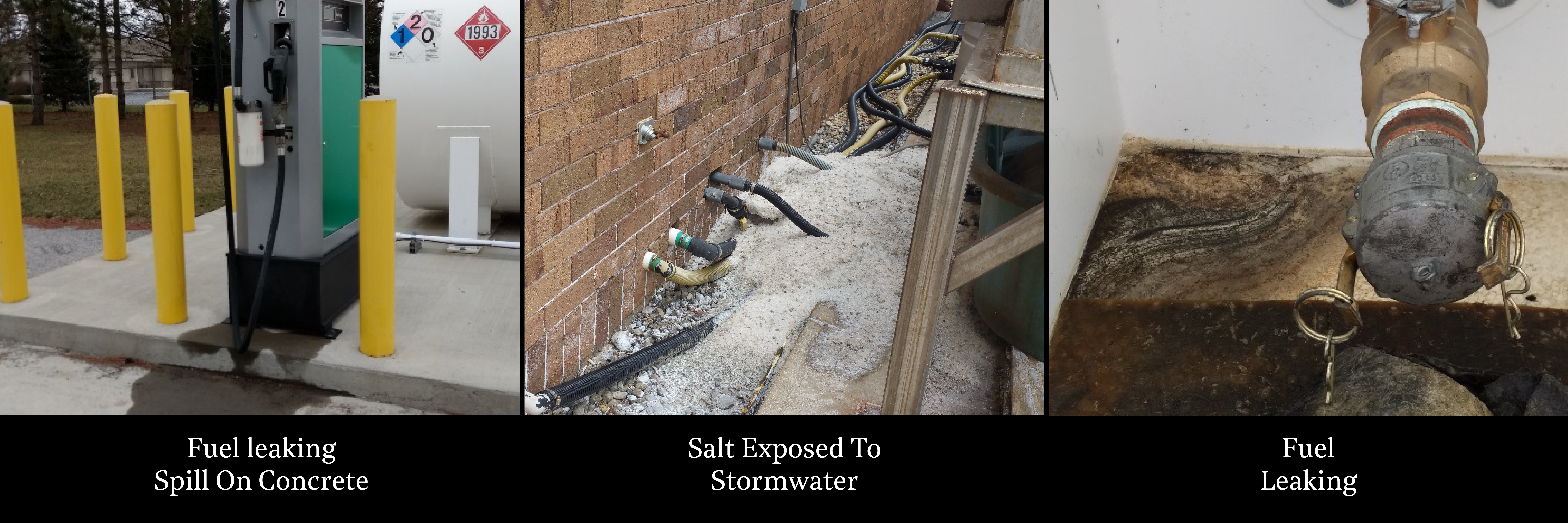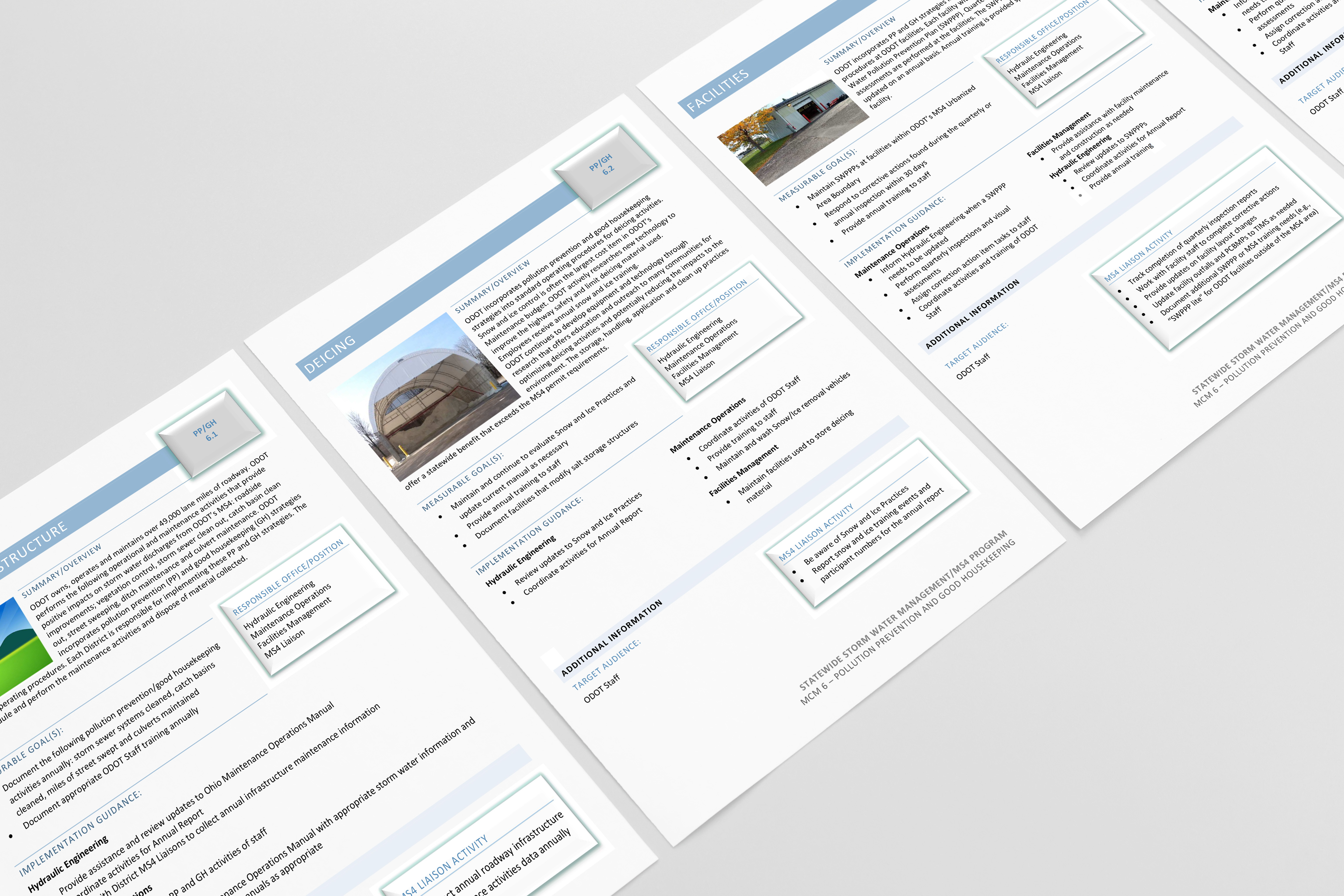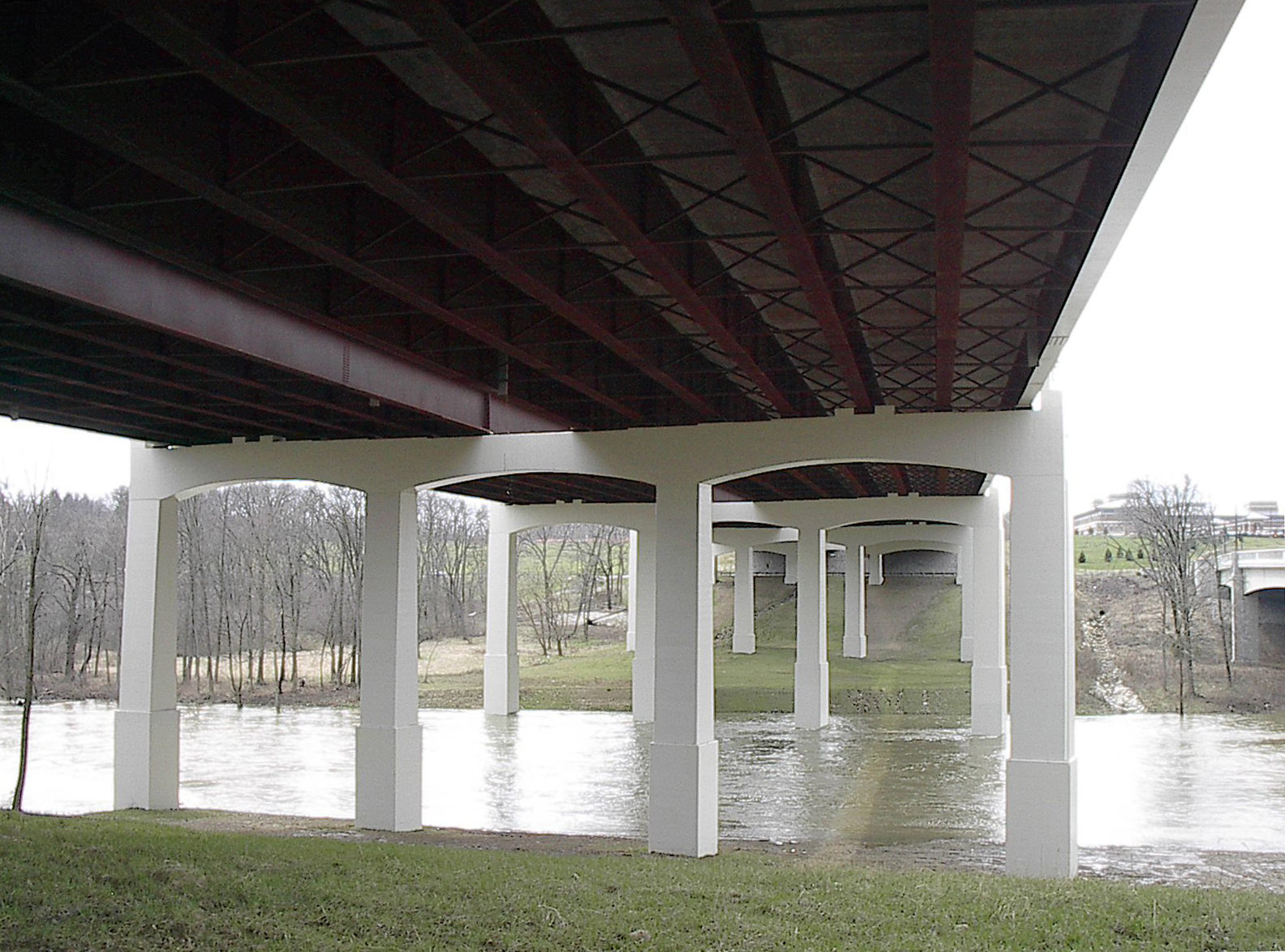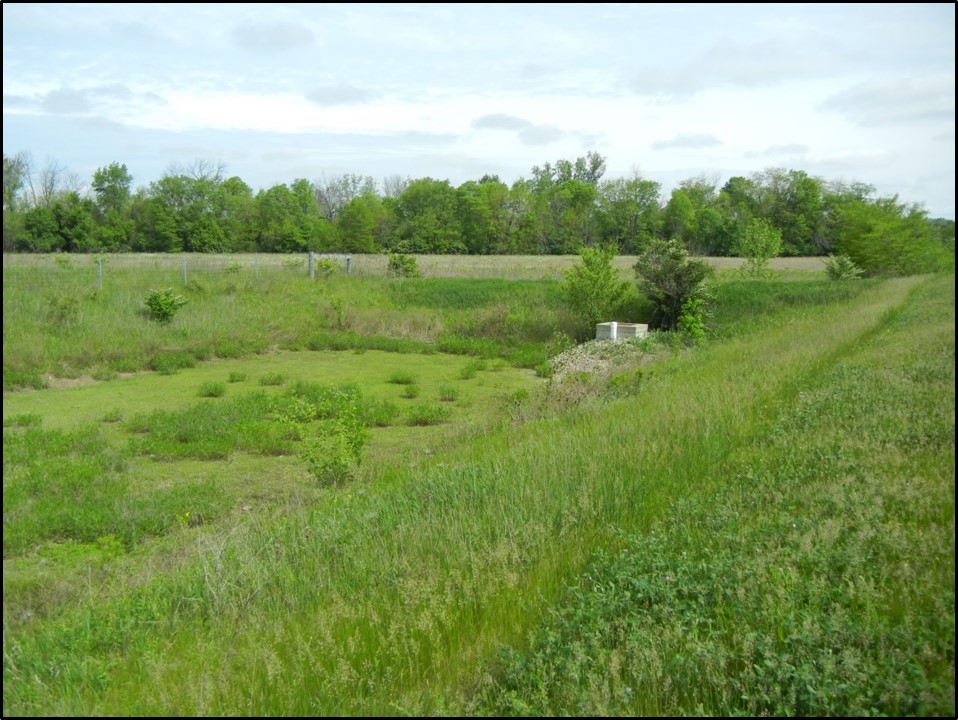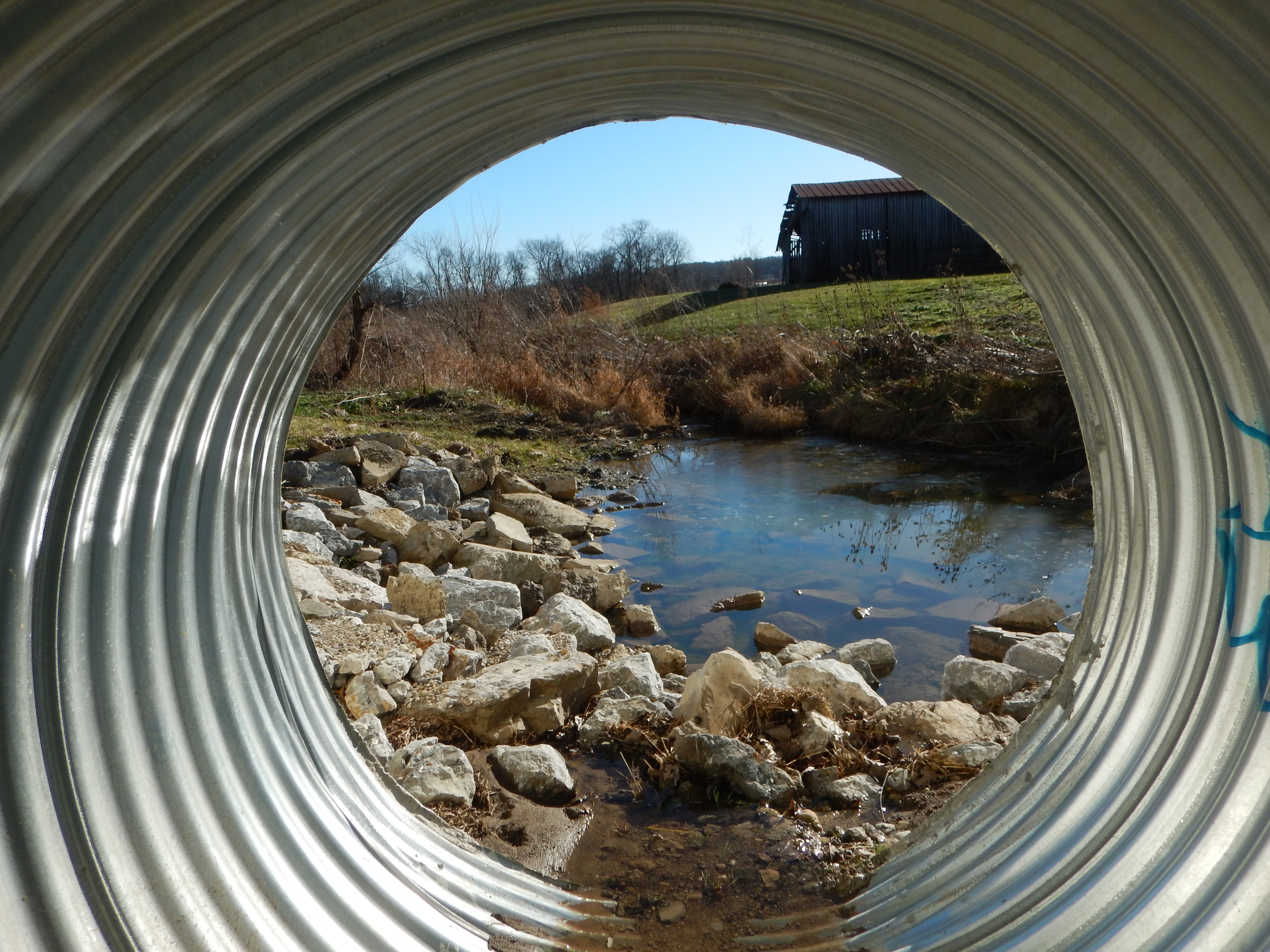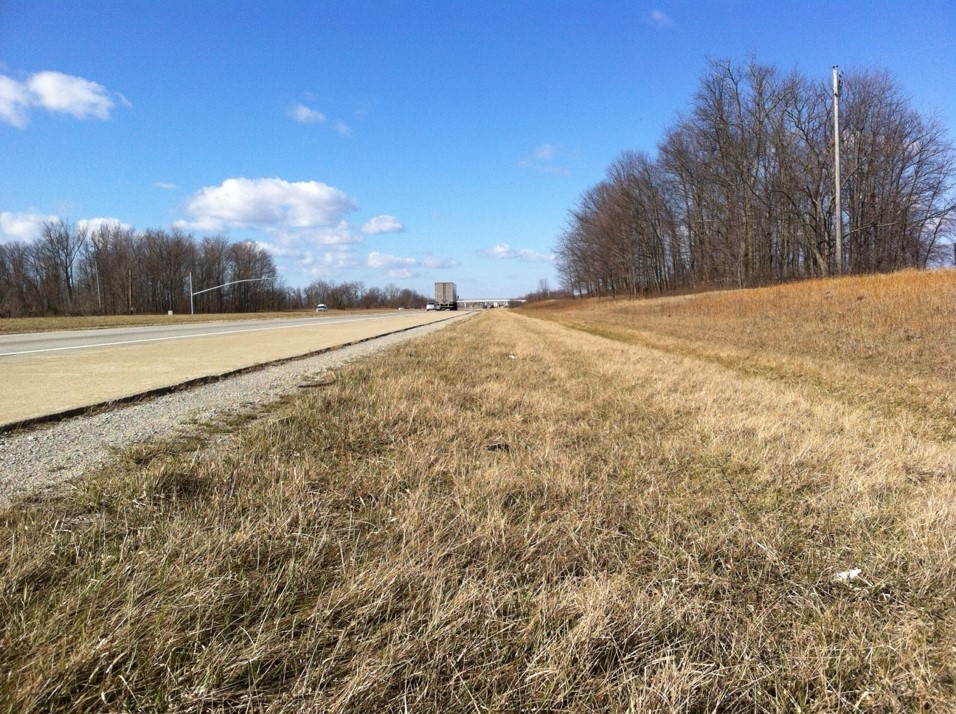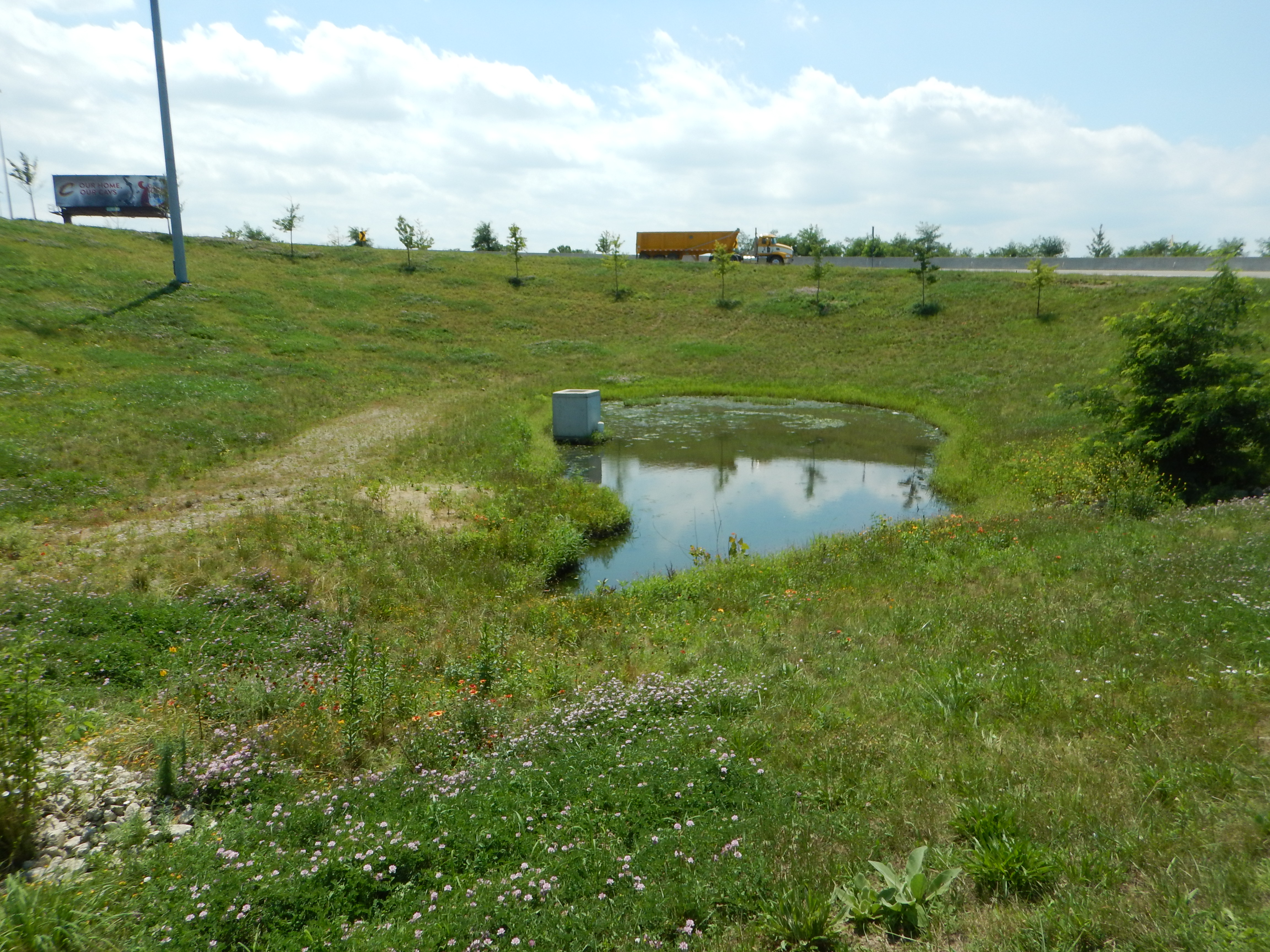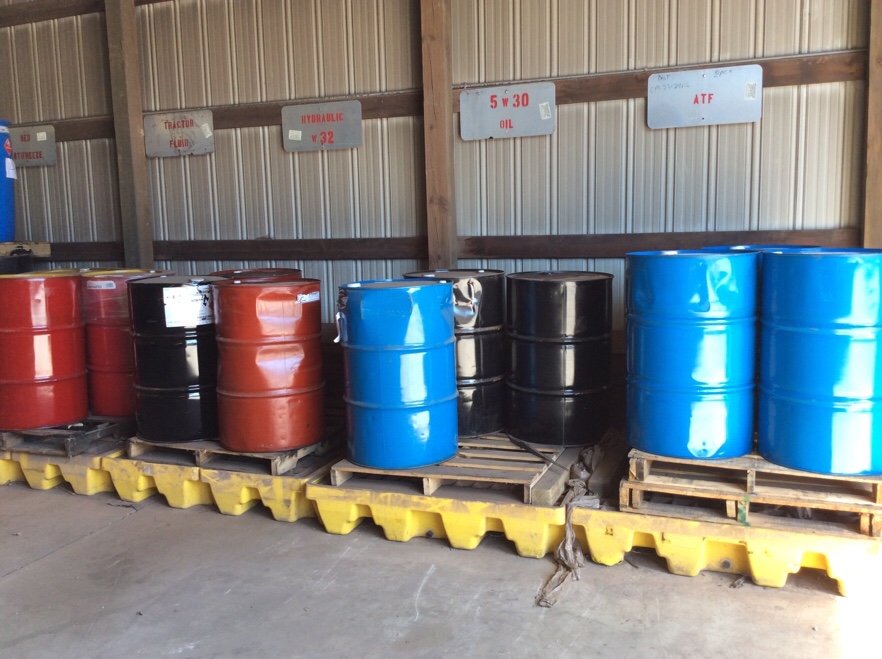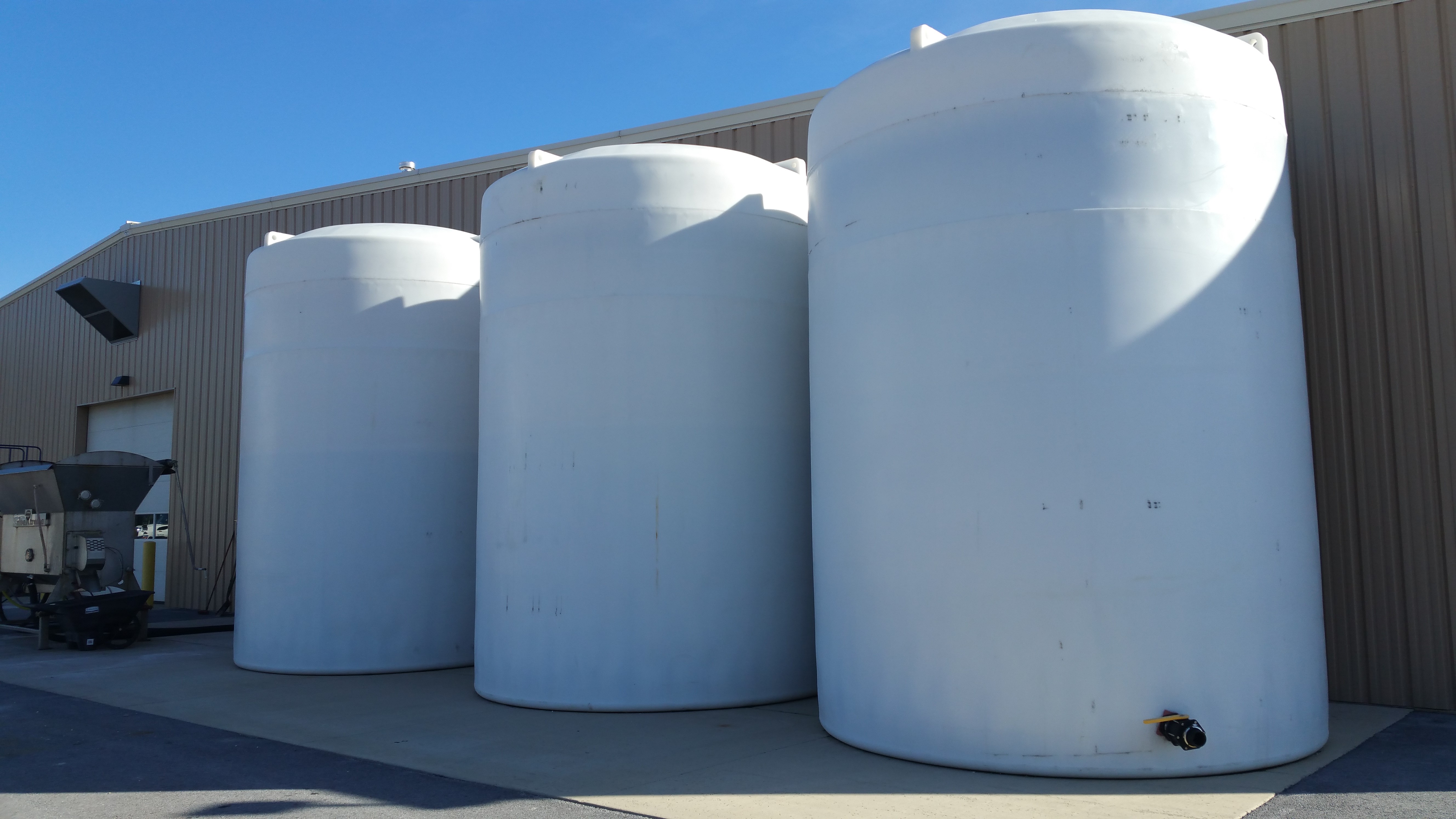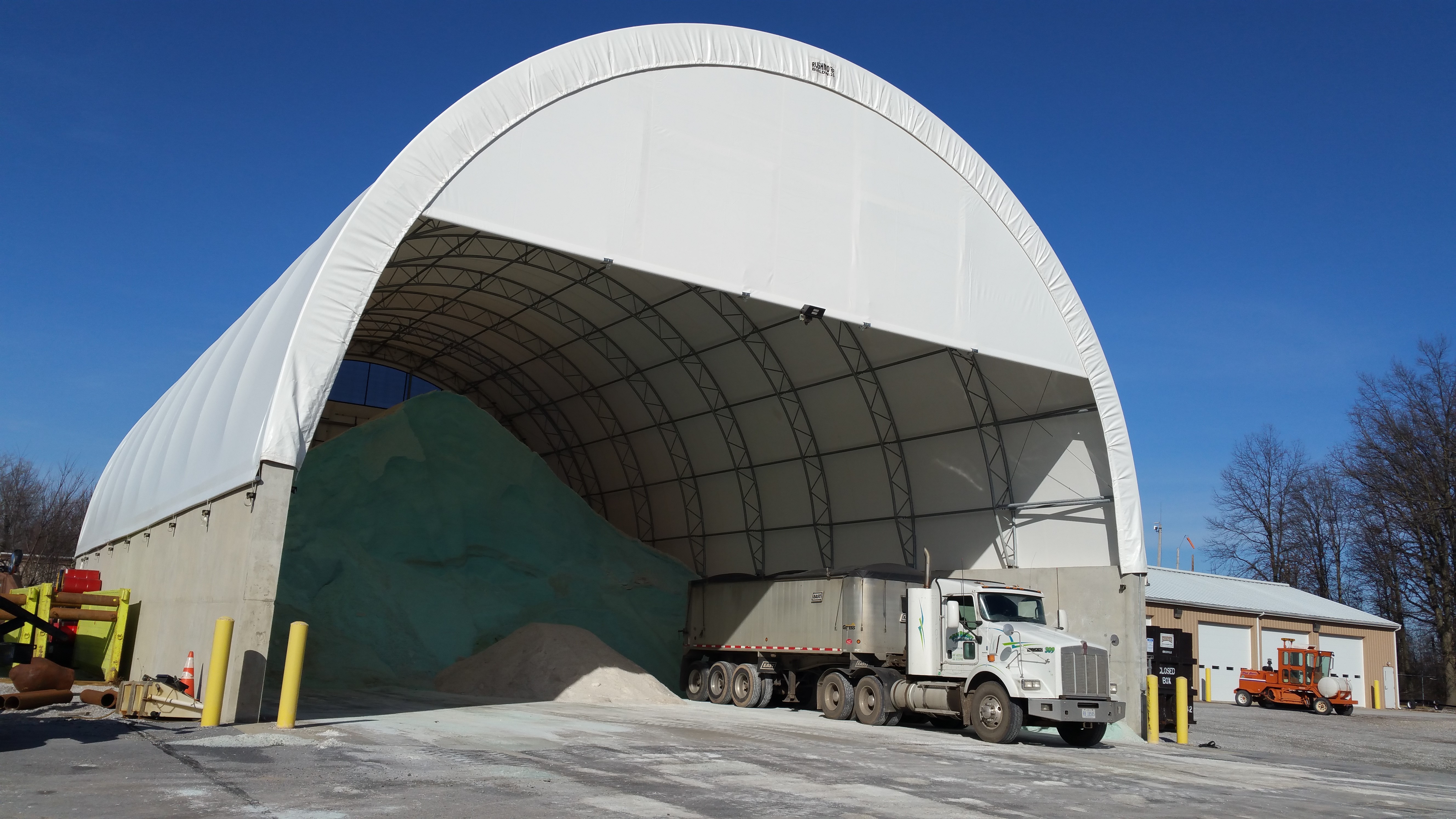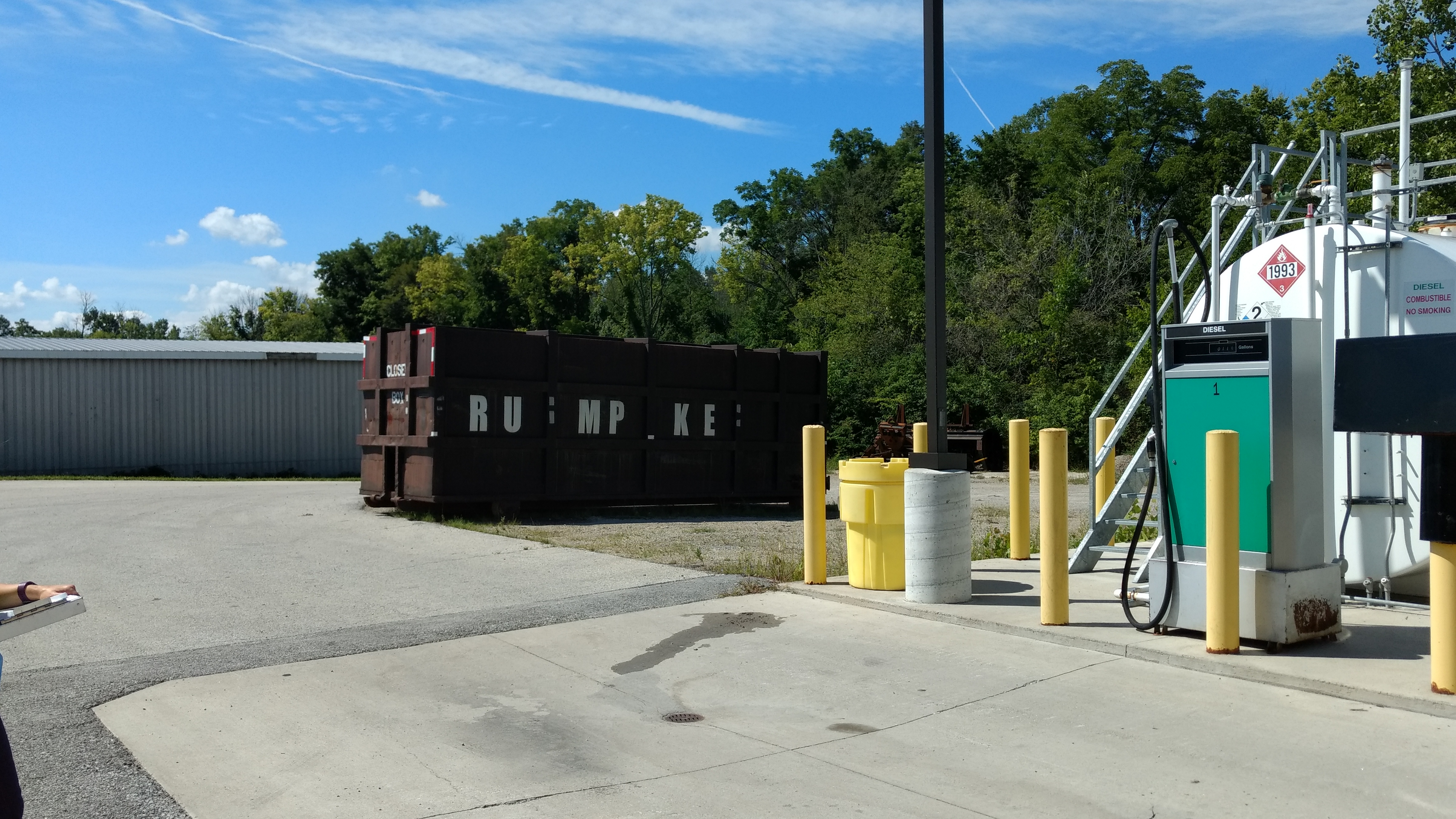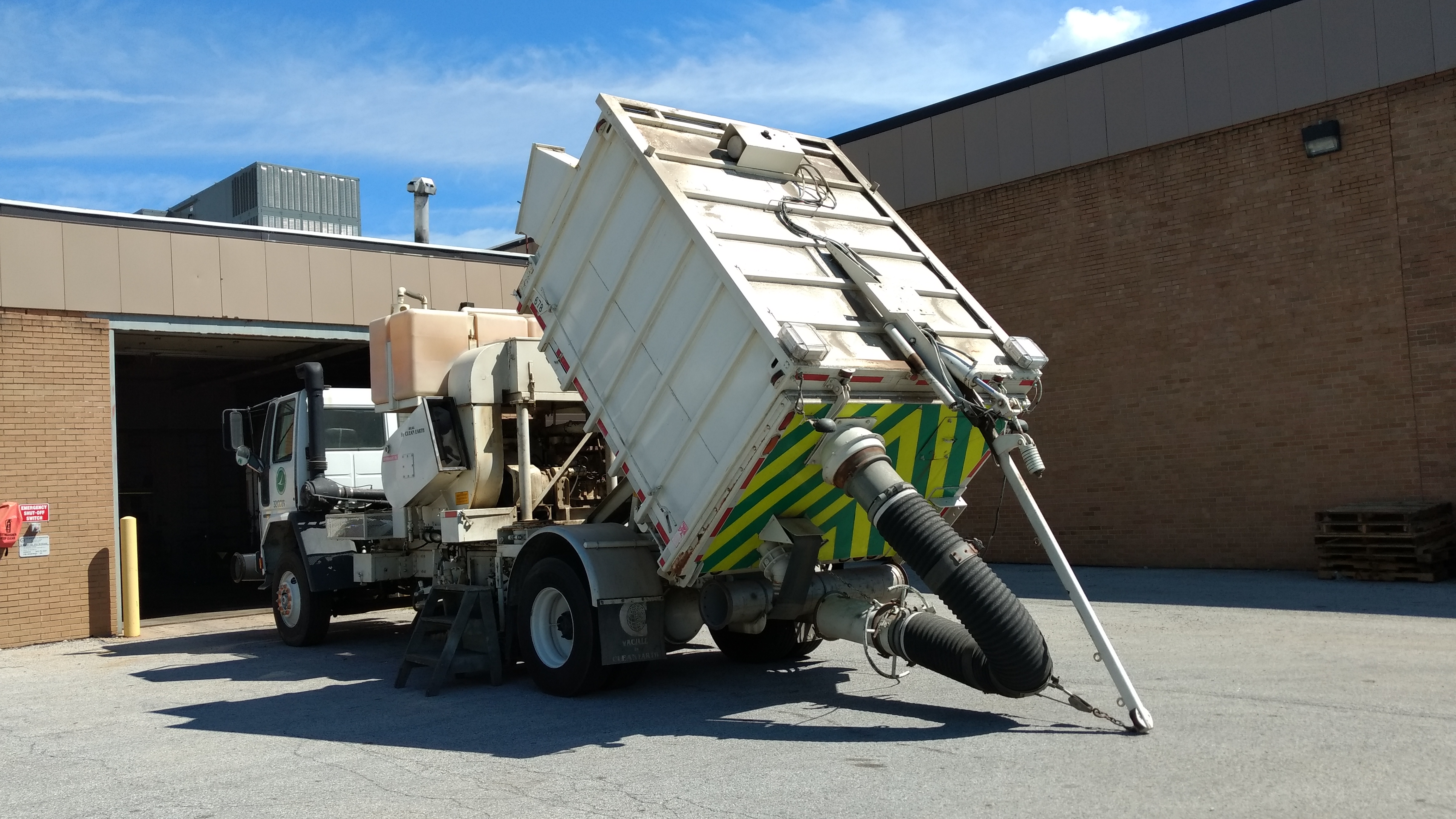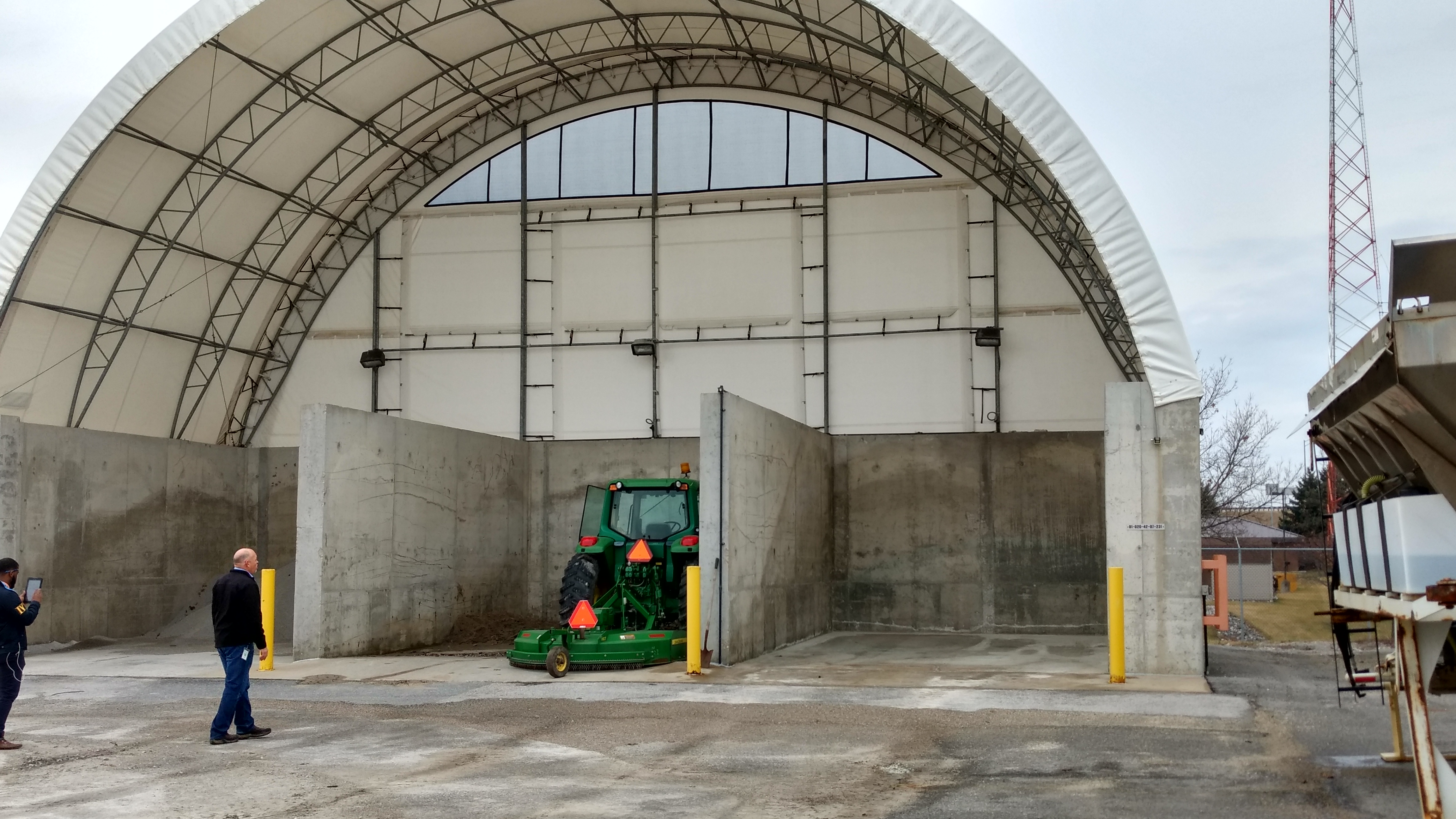Although it might evoke images of a British Secret Service agent, “MS4” stands for Municipal Separate Storm Sewer System and refers to the infrastructure that conveys stormwater runoff as well as the owner/operator of the infrastructure that is permitted to discharge the runoff. Traditional MS4s are municipalities such as cities. However, as a department of transportation, Ohio Environmental Protection Agency (EPA) has designated ODOT as a non-traditional regulated MS4 entity.
Due to the linear nature of ODOT’s footprint, the department faces some unique challenges when it comes to managing regulatory compliance in accordance with Ohio EPA’s MS4 permit, which is typically meant for large municipal land areas. Gresham Smith was awarded a three-year task-order contract to assist ODOT in implementing a municipal-centric general permit into a linear system to maintain compliance, while efficiently and cost-effectively implementing a statewide stormwater management program. Our three-year scope of work included developing stormwater pollution prevention plans (SWPPPs), erosion and sediment control training, and updating the department’s Stormwater Management Plan (SWMP).
ODOT Districts With MS4 Urbanized Areas
Year Contract
Site-Specific SWPPPs
An Extension of the Team
With a good bit of institutional knowledge and understanding of ODOT’s practices, we efficiently responded to findings outlined in Ohio EPA’s MS4 program audit. Serving as an extension of ODOT’s team, we assisted our client with direct approaches that addressed audit requirements and provided clarity when updating the Stormwater Management Plan.Maximizing What We Have
As ODOT has continued to institutionalize the stormwater management program, we have worked hand in hand with the department to maximize the program’s use of existing policies, programs, procedures and practices to assist with program implementation and reporting. This is evident when tapping into existing practices already being conducted at the 70 facilities that require SWPPPs. As we moved forward with implementation, we identified a gap in ODOT’s approach and worked with the department to develop responsibilities for an “MS4 liaison” to assist in the collection of program information at each of the 12 districts within the MS4 area.Educational Outreach
At any one time, ODOT has in excess of 600 active projects across the state that are in varying degrees of construction. We are working closely with the department to develop statewide guidance for practitioners and inspectors to develop SWPPPs for construction projects. The two-year effort involves regulatory facilitation and negotiations with the Ohio Contractors Association. Slated for completion in 2020, ODOT’s Erosion and Sediment Control Manual for practitioners and inspectors is currently in the works. We will be offering the draft manual for public comment and will address all feedback before issuing the guidebook. We will also be developing “how to use” training for the manual and updating existing ODOT erosion and sediment control training for contractors and designers to assist them in maintaining their certifications.
